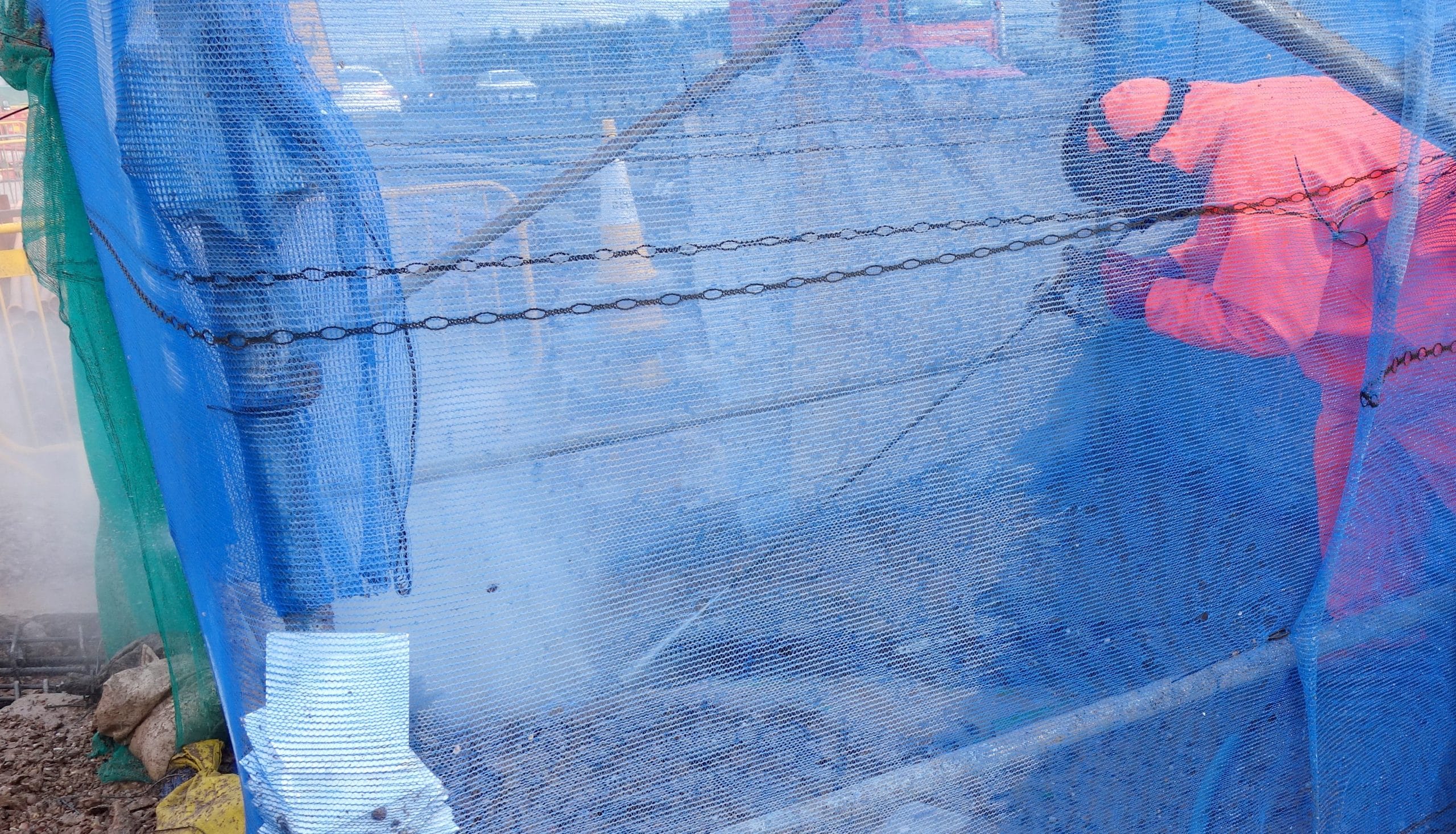WJA issues clear guidance on water jetting pressures

The Water Jetting Association has created a new guide to ensure members and service users have clarity on water jetting terminology and associated water pressures.
The guidance is designed to help water jetting contractors clearly communicate key aspects of the services they deliver, and for customers to understand associated technical and health and safety implications.
WJA Director David Kennedy said: “Effective communication is central to high quality health and safety and it starts by clearly defining the service being delivered and related technical details.
“For water jetting, this is particularly critical because of the hazards associated with process. Clearing defining terminology helps all parties understand what measures are needed to mitigate all possible risks.”
View the WJA Definitions of Pressure Guide
Water pressure levels
As with any complicated industrial process, there is a tendency for different terminology to gain common currency depending on the sector or even geographical areas in which it is applied.
The WJA wants to overcome this by making clear it uses a standard set of terms to describe water jetting processes.
The internationally-recognised NACE standards of water jetting pressures were first developed in the USA by the National Association of Corrosion Engineers, now part of the Association for Metals Protection and Performance.
The NACE standards divide water jetting into four bands of pressure:
- ‘Low pressure water cleaning’ described activities for water pressures up to 207 bar or 3,000 psi.
- ‘High pressure water cleaning’ covers water jetting above 207 bar and up to 680 bar, or 10,000 psi.
- ‘High pressure water jetting’ defines water jetting above 680 bar and up to 1,700 bar, or 25,000 psi.
- ‘Ultra-high pressure water jetting’ describes all water jetting activity above 1,700 bar.

Clear communication
David Kennedy said: “Our guidance also gives other commonly-used terms for each level, so service users can identify the pressures related to water jetting activities proposed by their suppliers.
“However, it is the responsibility of water jetting contractors to clearly communicate these details in their risk assessments and method statements, and in other operational documents.”
In a number of cases, for example the use of PPE, health and safety measures change depending on the water jetting pressure being applied.
These differences are clearly stated in the WJA’s two codes of practice – the Blue Code for high and ultra-high water jetting, and the Red Code for using water jetting in drain and sewer cleaning.
The NACE standard terminology is also applied to all the WJA’s City & Guilds-accredited training courses to ensure water jetting operates have a clear understanding of terminology, and its safety and technical implications.
Find out more about water jetting pressures
Need more information about water jetting pressures? Contact the WJA for expert advice. Call 0208 320 1090. Email info@waterjetting.org.uk.

